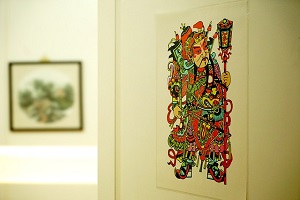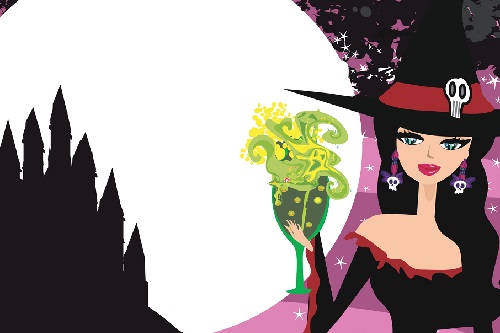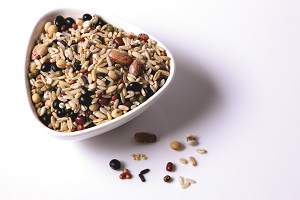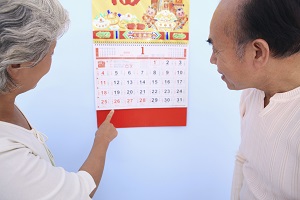The kitchen has a very unique status in Chinese tradition and feng shui.
This is not because that it’s the place where the best fried chicken or delicious dim sum are made. It because it is assumed to be the place where the stove would be located in the house.
The act of stove placement itself has it’s long list of taboos to avoid so that bad luck does not befall the members of the household.
In 8 mansions feng shui for example, the kitchen is the only living area that is not just suitable for inauspicious sectors, but also suggested to be located in these “bad” areas as well.
And like ground breaking ceremonies, moving in rituals and beam placement customs, there are some traditional and cultural practices that families do when a new stove is installed in the home.

In ancient villages, the head of the village would visit a new house on an auspicious date to preside over the first ignition of the stove so as to ensure that a proper ceremony is conducted… and that it is done right.
The setup and installation of the stove itself is a process known as da zao (打灶) which is literally translated as stove beating. It must be done on auspicious days and generally can be undertaken.
For those who have not consulted with a date selection expert on which days to have this done, it was generally accepted that it can be conducted on a:
- Rat day in the third or fourth lunar months
- Ox day in the first or eighth lunar months
- Tiger day in the fifth or sixth lunar months
- Rabbit day in the third or fourth lunar months
- Dragon day in the seventh or eighth lunar months
- Snake day in the fifth or sixth lunar months
- Horse day in the ninth or tenth lunar months
- Goat day in the seventh or eighth lunar months
- Monkey day in the eleventh or twelveth months
- Rooster day in the ninth or tenth lunar months
- Dog day in the first or eighth lunar months
- Pig day in the eleventh or twelveth months
A typical ceremony might involve putting a bottle containing rice, loose tea leaves and Chinese coins from 3 different dynasties, in the stove. This is meant invite the kitchen god and to appease him.
Another practice is to set up 3 stoves or boilers in the kitchen. The outer most one would have a small wok for cooking vegetables. The one in the middle would be used to cook rice. And the inner most one would have the largest wok mean to cook meat dishes. A figurine of the kitchen god or table meant for him would be placed near the outer stove. The decoration in the space would consist of images of auspicious calligraphy or auspicious animals such as cranes or carps.
Once the stove has officially been setup, the homeowner would use the stove to cook dumpling soup to serve the builder.
In modern times, these traditional customs are almost completely lost.















